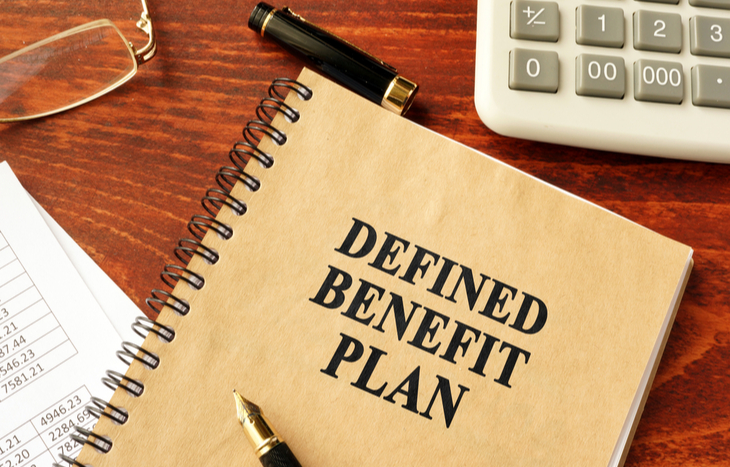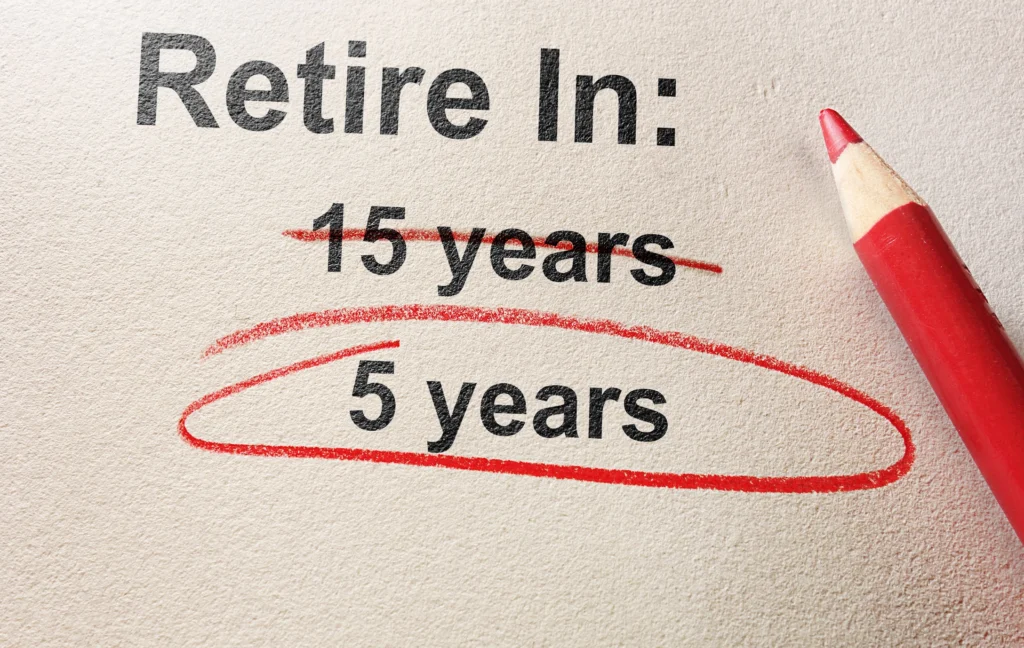Retirement services and programs can help you plan for a comfortable future. From cash-value life insurance plans to investment strategies, there are tools to help you make your savings last.
Most employees get access to employer-sponsored retirement plans like 401(k)s or 403(b)s through their jobs. These tax-advantaged plans can be beneficial for young people who are just starting their careers.
Defined benefit plans

Defined benefit plans are a type of retirement plan that pays an employee a specified amount of money on retirement based on their working history and salary. Employers often use them to help build a loyal workforce and decrease employee turnover.
Most retirement information and services can help you determine how defined benefit plans work with other accounts, like 401(k)s and IRAs, which can help you plan for your post-work years. They also provide a source of retirement income that can help supplement your Social Security benefits.
These plans are generally more expensive to maintain than 401(k)-style retirement savings plans, but they offer guaranteed payments regardless of market conditions. In addition, defined benefit plans are insured by the Pension Benefit Guaranty Corporation (PBGC), which helps protect your pension payments if a sponsoring company fails to meet its obligations.
Defined contribution plans

Defined contribution plans, also known as 401(k)-style retirement savings plans, are employer-sponsored and can help you build a solid nest egg for your retirement years. These workplace plans allow you to contribute a predetermined amount of money toward an individual account and invest the funds in professionally managed investment options.
The value of your defined contribution plan account will fluctuate based on your contributions and the performance of the investments you select. You may also benefit from employer-sponsored matching grants, which can help you maximize your savings.
In 2015, the overall employer cost for providing defined contribution benefits was $0.70 per employee hour worked in private industry. These costs vary by type of plan, worker and establishment characteristics and geographic areas.
Defined contribution plans provide a vital source of retirement income for many New York State employees. They are also a critical part of the economic health of the state. In 2015, 74 percent of private industry workers participated in a defined contribution plan.
Cash balance plans

Cash balance plans can be an excellent retirement savings vehicle for business owners with steady revenue looking to accelerate their savings and get significant annual tax deductions. However, they come with certain risks you should understand before using a cash balance plan.
A cash balance plan is a defined benefit pension plan that incorporates some elements of a defined contribution plan. This means that you can contribute more to your account during the latter stages of your career, allowing you to accumulate more money for retirement.
You can also make pre-tax contributions to a cash balance plan, which is especially attractive for individuals in higher income tax brackets. This can allow you to reduce your taxable income dollar-for-dollar, which is an excellent way to help your retirement savings grow.
In most cases, a cash balance plan must involve an actuary to run yearly testing to ensure that the project is adequately funded to meet its promise of paying benefits in retirement. This process can be time-consuming and costly for business owners.
Early retirement

Retiring early can be a rewarding way to end your working career. It can give you extra time to travel, start a new business or pursue your passions.
The best time to retire depends on several factors, including your type of retirement plan and age. But in general, it’s recommended that you retire at age 65 to qualify for Medicare benefits and Social Security benefits.
Retiring early can also help you avoid tax penalties for withdrawing funds from a qualified retirement account such as a 401(k) plan. Moreover, retiring early can give you more money in your pocket each month.
Retiring online

We’re committed to helping you prepare for retirement. We have tools to help you protect your pension, learn about your benefits and find tips on financial planning.
We also offer a secure, easy-to-use online platform that lets you update your contact information, check your retirement service credit totals and estimate your pension amount. If you’re not already a member, sign up now to get started.
If you’re self-employed, consider establishing a SEP IRA to help you save for retirement. This plan, similar to a traditional IRA, lets you contribute up to 25 percent of your self-employment income or $66,000 in 2022, whichever is less.
In addition, you can also set up an emergency account to help you manage unforeseen expenses. This can be especially helpful if you’re self-employed, as it can give you a cushion in case of unexpected expenses.
Use our checklist to make sure you’re ready for retirement. It’s a step-by-step guide with your needed resources and information.





